Carcassonne (review)
We've been happily playing Carcassonne for quite some time now and I've always meant to mention it here but kept forgotting. We picked it up last spring when we were looking for something new to do on vacation. Since it is recommended for ages 8-12 we thought it might remain a parent game for a while, but actually Calvin (at two months shy of five years old) took to it pretty quickly and we've been playing ever since. It is a family favorite, and we often get it out to play with friends, too.
The main premise behind Carcassonne is the building of a medieval map. Two or more players take turns drawing tiles (with roads, walled cities, monastaries, and fields) and using them to create the map. Each player has little wooden figures that they place on tiles of their choosing in order to own cities, roads, farms, or monastaries, thereby earning points. Points are kept on a small gameboard using an additional wooden figure.
For young children, simply creating the map is great fun, and the rules are easily alterred for varying degrees of difficulty. When we first started with Calvin we played it more as a cooperative "create a map" game. We introduced the rules and point system as he gained understanding of them. Since the game uses a combination of luck and strategy it can be played cooperatively, lightly, or competitively depending on the players and their skill set.
The basic original game consists of a number of sturdy cardboard tiles, wooden figures for up to five players, and a sturdy cardboard scoring board. It is enough for getting started and has a great replay value as is, but the company also sells expansion packs that are great either for adding depth to game via additional story lines (like dragons) and additional rules and strategies, or can be used simply to expand the map and make the game last longer. We have the original game along with The River, the Inns and Cathedrals and the Princess and Dragon expansion packs.





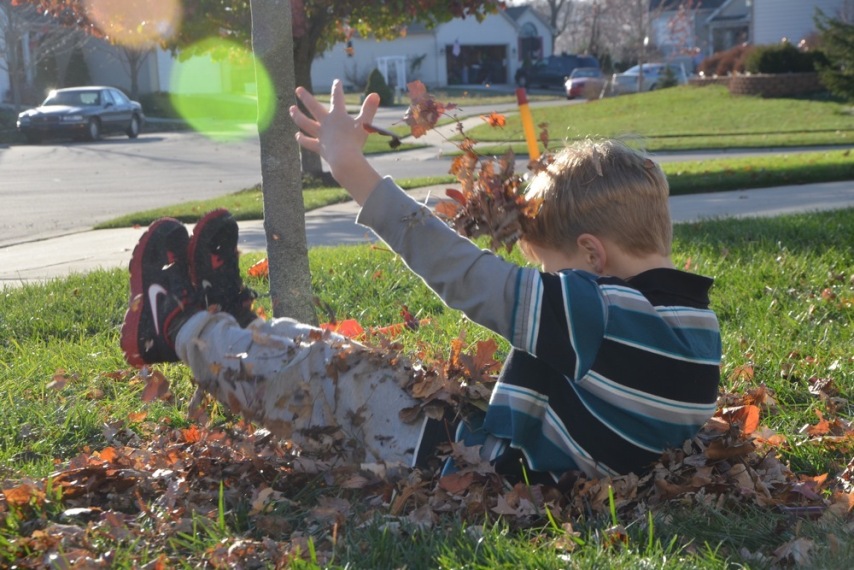

 Friday, November 11, 2011
Friday, November 11, 2011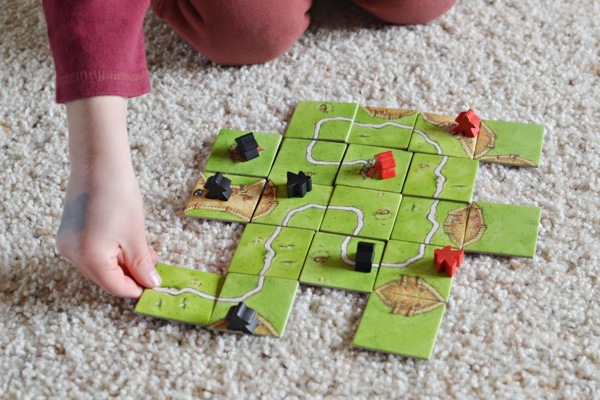
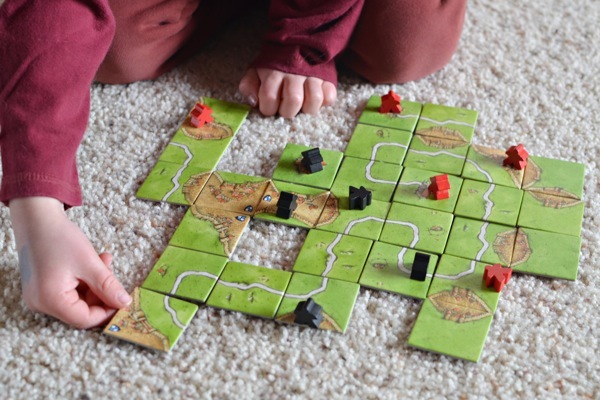
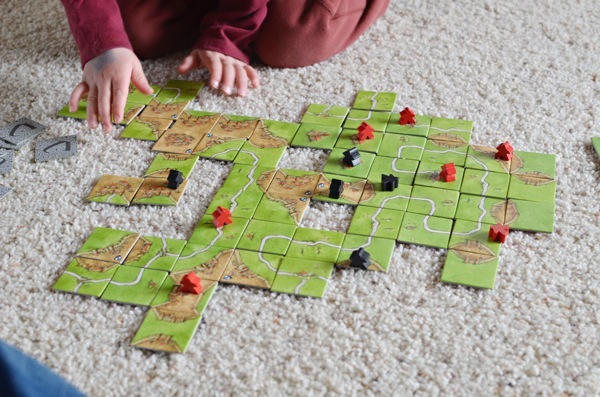
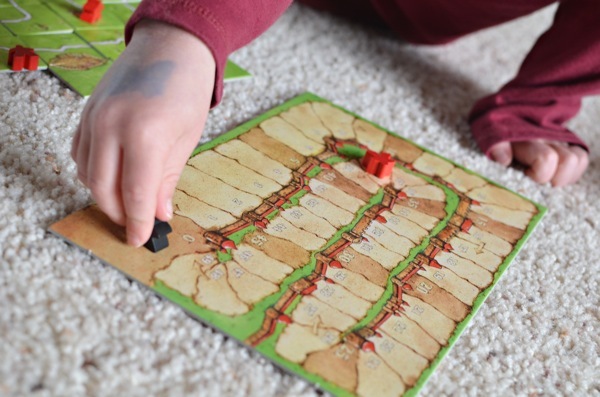
Reader Comments